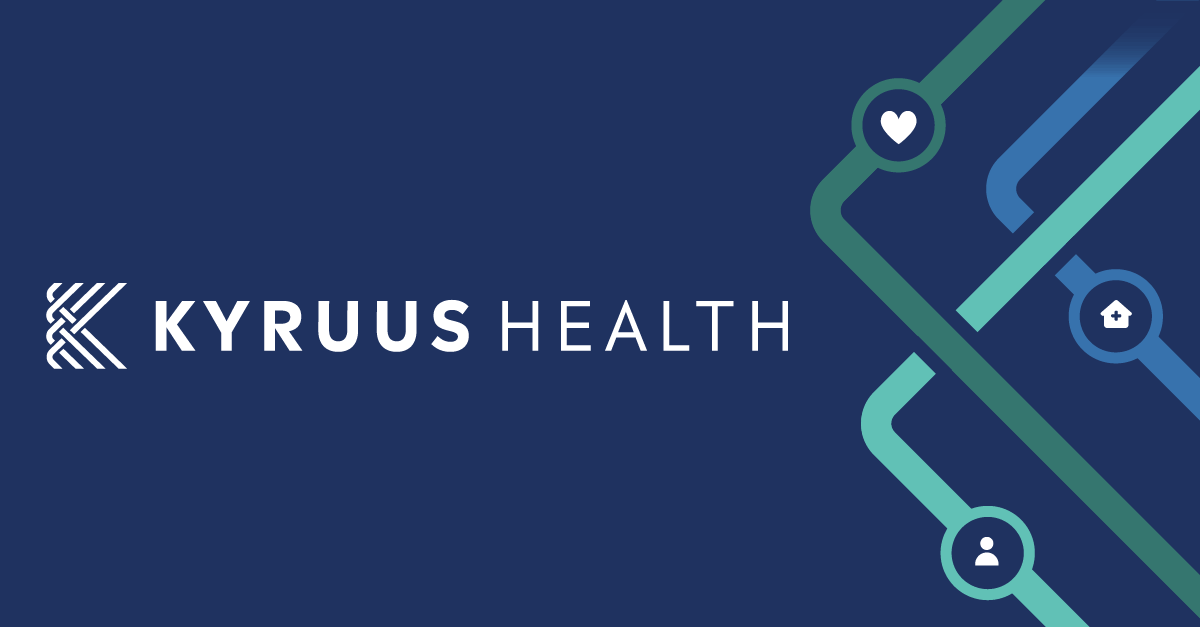Patient engagement. Patient satisfaction. Patient intake. Patient flow. Patient volume. Patent access.
What’s at the center of all these terms? Patient, of course. Healthcare focuses on providing care to patients. Without them, there’d be no need for doctors, nurses and other clinicians.
It’s a simple concept, but putting it into practice — pun intended — isn’t always as easy as it should be. Healthcare providers have numerous responsibilities, including a host of administrative duties, that detract from their ability to spend more time with patients. It’s an issue that’s been plaguing the United States healthcare system for decades.
That’s why increased focus has been placed on the importance of patient-centered care (PCC), a model or approach that encourages individuals to be more active participants in their own care. The main goal? To improve individual health outcomes.
Physicians have the medical knowledge and training, but without patient involvement, it typically doesn’t do much good. Doctors can educate, advise and support individuals on care decisions, but the patient must be in control of his or her treatment options based on lifestyle, concerns, preferences and values.
Core Concepts of Patient-Centered Care
Unlike the traditional model, in which a provider prescribes the same treatment for most patients with similar diagnoses or conditions, patient-centered care is a collaboration between providers and patients – and their families and caregivers when appropriate. As noted by the Institute for Patient- and Family-Centered Care, core concepts of patient-centered care include:
- Respect and Dignity: Healthcare practitioners listen to and honor patient and family perspectives and choices. Patient and family knowledge, values, beliefs and cultural backgrounds are incorporated into the planning and delivery of care.
- Information Sharing: Healthcare practitioners communicate and share complete and unbiased information with patients and families in ways that are affirming and useful. Patients and families receive timely, complete and accurate information in order to effectively participate in care and decision-making.
- Participation: Patients and families are encouraged and supported in participating in care and decision-making at the level they choose.
- Collaboration: Patients, families and healthcare practitioners and leaders collaborate in policy and program development, implementation and evaluation; in facility design; in professional education; and in research; as well as in the delivery of care.
The Value of the PCC Model
Obviously, this model of care boosts patient engagement and satisfaction. More importantly, it results in better health outcomes for patients by ensuring they are well informed and have the knowledge, ability and an adequate level of health literacy to actively manage their own health.
There are benefits for providers, too, from lower overall costs and fewer hospitalizations and readmissions to improved resource allocation and an enhanced reputation. Medical groups and other provider organizations focused on patient-centered care assist in reducing unnecessary tests and procedures, decreasing overall healthcare utilization and improving morale and productivity for both clinicians and the team members who support them.
Transitioning to a patient-centered care model to achieve these advantages isn’t overly complex, but it does require a proactive strategy agreed upon by both leadership and clinicians. Having a reliable way to collect social determinants of health (SDOH) data also is helpful. There are sometimes barriers, such as labor shortages, regulatory and reimbursement demands and increasing documentation requirements.
Even something as commonplace as communication skills can promote patient-centered care. The American Academy of Family Physicians (AAFP) recommends that providers use key phrases like “Could you summarize what we have discussed so far?” or “What difficulties are you facing because of your illness?” Other examples include “Which of these issues is the most concerning to you?” and “I can understand how that might upset you.”
Putting Patient-Centered Care into Action
When done correctly, patient-centered care can be utilized by providers in any specialty and across multiple types of diseases. The key is to ensure care strategies align with the needs and preferences of patients. According to the Commonwealth Fund, organizations can drive patient-centered care by emphasizing the following seven attributes:
- Leadership and C-suite engagement
- Communication of clear strategic mission
- Patient and family advisory and involvement when launching initiatives
- Supportive work environment for clinicians and caregivers
- Systemic measurement and feedback loops
- High-quality hospital environments
- Health IT that supports strategic patient-centered missions
That’s right. Healthcare technology is an important component of patient-centered care. Why? Because it addresses pain points that often frustrate patients — think scheduling difficulties, unclear billing and payment issues, long wait times and unclear health insurance coverage.
With the rise of healthcare consumerism, many patients already use their mobile devices to access care and manage their health. This enables them to better communicate and collaborate with their healthcare provider(s), making patient-centered care even easier for physicians.
Evidence exists confirming that health IT applications with components for patient-centered care have a positive effect on healthcare outcomes. They eliminate obstacles patients might encounter when trying to access care.
Take, for example, telehealth. Not only does it enable providers to reach patients anytime at almost anywhere, it also lets patients receive care from the comfort of their own home — a big preference for many individuals, especially for avoiding contagious illnesses. Providers benefit from telehealth because it allows them to access patient data on demand, reduce in-office congestion and further personalize and customize care.
For patients who prefer to see their provider(s) in the office, technology tools such as online scheduling and digital patient intake offer them a convenient way to be more involved in their own care. When able to increase patient engagement across the entire continuum of care, they’re even more valuable.
As part of Kyruus, we’re able to offer providers end-to-end patient access and engagement solutions that fully digitize the patient experience. Contact us to learn more!



